WHAT ARE BIDETS?
A bidet, pronounced as ‘be-day’ is a rectangular bowl that is primarily designed to promote personal hygiene by being sat on as one washes their genitalia after toilet use.
The name has a French origin which refers to a ‘’little horse” in reference to the straddling position that one has to adapt in order to use it.
To many Islamic nations, the bidet is a pretty indispensable tool for personal hygiene as anal cleansing with water is an obligatory task.
Previously, it used to be located in the bedroom near the chamber-pot and marital bed as it was vastly used after sexual intercourse. However, today, bidets are located in the bathroom.
Another difference between the traditional bidet and the modern one is that the former was basically a wash basin filed with clean water while the latter consists of a washing fixture, a plumbed-in water supply as well as a drainage opening.
Now let’s have a look at the different types of bidets.
TYPES OF BIDETS
Conventional/ standalone bidet
This standalone bidet is essentially a separate fixture that is entirely detached from the toilet itself.
The porcelain is designed with the shape of a large hand basin that either has taps and a stopper for use when the basin is filled up or a nozzle that squirts a jet of water for use.
To use it, the user has to move over from the toilet seat and straddle the porcelain of the bidet. This is the original design of the 18th century bidet in Europe.
Handheld bidet/ Bidet spray
Also known as a bidet spray, this is hand-held triggered nozzle that delivers a spray of water for anal and genitalia cleansing. This tool resembles a kitchen sink sprayer and functions pretty similarly.
This type of bidet is commonly found in countries where it is largely accepted that anal cleansing using water is a must.
Rather than being integrated within the toilet and used automatically, a bidet toilet differs in that one as to manually use their hand to lift and position the bidet in order to use it. As such, the user has to be mobile and flexible in order to use it.
The only drawback to this type of bidet is that there is a risk of the user wetting their clothes if they are not too careful while operating it.
Add-on bidets/ bidet attachments/ combined toilets
These types of bidets consist of a nozzle that may either be fixed or movable; that is attached to a regular toilet bowl. The bidet may be attached either to the side or back of the toilet rim and in such cases its use is usually restricted to anal and genital use.
What is really appealing about this type of bidet is that it saves on space and does not require the installation of a separate plumbing unit. This is because the bidet connects to the toilet’s existing water supply through the addition of a threaded tee pipe adapter.
The design of these bidets vary from one manufacturer to the other. Some may have a vertical water jet while others may have a slanting one.
Others contain one nozzle that aims at both the anal and genital areas while have two nozzles; a longer and shorter one to shoot out at both anus and vulva.
Their control system can either be mechanical or electronic. Mechanical bidets are controlled by turning a manual valve while electronic bidets use waterproof electrical switches.
Add-on bidets (especially those that entail under-the-seat mounting) are a great option for those who are tight on space in their bathrooms or big on bathroom appearance.
Today you can even find electronic bidets which entail heating systems that blow warm air up to dry the user’s bum. Other models entail heated seats, adjustable water pressure, integrated night-lights, motion sensors or even built-in deodorizers for a more efficient use.
HOW DO BIDETS FUNCTION?
As highlighted above, bidets use a stream of water which can either or be used independently in place of toilet paper or in conjunction with toilet paper.
With hand-held and add-on bidets, the function is pretty self-explanatory as one simply has to turn the water valve on or off. However, with standalone bidets, most users tend to be confused.
While using a stand-alone bidet the use may either face the water controls or position themselves away from it. The advantage of facing the controls is that it makes it easier to temperature and flow of the water. The mechanism is much simpler as you have a better view of the cleaning.
The only inconvenience comes in if you are wearing pants as you will have to remove them entirely in order to position yourself to face the controls.
The positioning itself may be dictated by which area you intend to clean. To clean the front, you might have to face the jets while facing away from the water streams is a better option if cleaning your rear.
Some bidets come with buttons to optimize their function. For such bidets, simply locate the wash button after using the toilet. The button will activate the nozzle for you to start rinsing off. When done, simply press the ‘stop’ button.
In place of water jets, some bidets may have a faucet that fills the basin. For such cases, you will have to use your hands to manually clan yourself.
Contrary to popular opinion, bidets are not as messy as most people pen them to be.
After use, one has two drying options, the user can either dry off with toilet paper and dispose it off in the toilet or use the air-drying options that come with most modern bidets.
You will often spot a towel hanging on a ring around the toilet area and the towel can be used for drying off the nether regions, hands or any splashed water accordingly.
After you’re done, rinse out the bidet.
Another misconception with bidets is that they are often unsanitary as they often come into contact with the user’s waste which can then contaminate the next user.
On the contrary, bidets do not have fecal matter deposited onto them as they do not come into contact with the body. To clean, these tools usually have a self-cleaning mechanism. However, just as one would clean their toilet, you can also employ manual cleaning.
Be sure to clean your hands after use.
BENEFITS OF BIDETS
There are a lot of benefits that can be harbored from the use of bidets. These include:
Promoting personal hygiene
To start with, bidets greatly improve personal hygiene especially when combined with the use of toilet paper. The user leaves the toilet being entirely clean with no chance of waste deposits clinging onto their bodies or clothes.
Additionally, in comparison to tissue paper which smears waste around the user’s bum, bidets gently wash off the waste.
Bidets are great for female hygiene during menstruation and pregnancy and are not a hazard to the health of the user as they are also self-cleaned in some electric cases.
To ensure safe use, regular cleaning and disinfection is advised as stand-alone bidets can encourage microbial contamination if not properly disinfected.
Conserving the environment.
Bidets can be used to greatly reduce the need for toilet paper.
When a majority of people use bidets in place of toilet paper, the effect on the environment is much less harmful. For instance, less toilet paper production can save millions of trees and less water is also used to manufacture toilet paper.
- They are an aid for the elderly and/or disabled.
These installations can greatly encourage self-care as they are more friendly to the elderly and disabled. For instance, those that use electronic remote control can be a great source of independence for such users.
BOTTOM LINE
Although strange to many, bidets have become increasingly popular in many households and commercial areas; and with good reason.
Bidets are a great way to ensure sanitation after toilet use. They are pretty straightforward when it comes to use and some even have convenient features such as warm water jets.
To get the most use out of them, be sure to combine them with toilet paper and your hygiene will improve greatly!



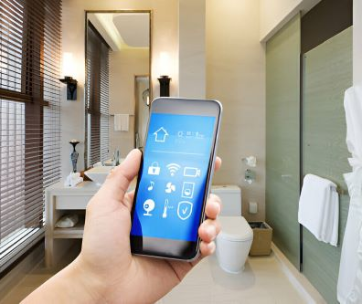
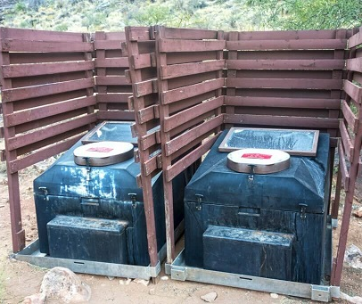

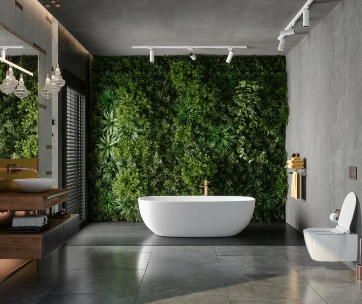
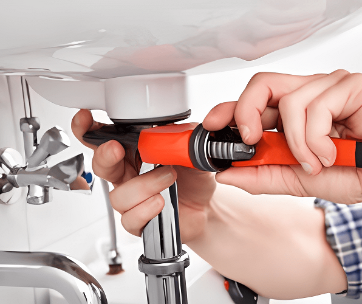
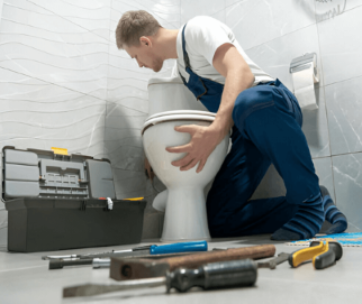
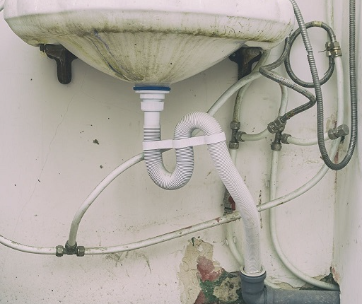
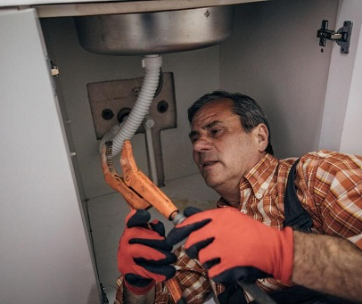
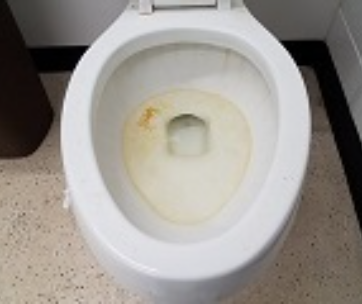
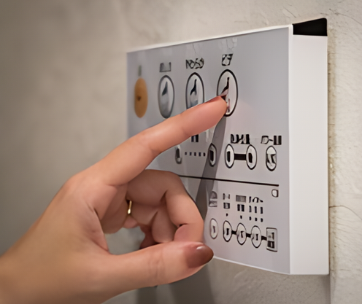
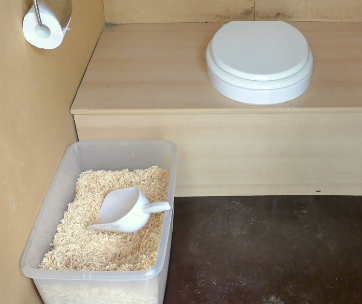
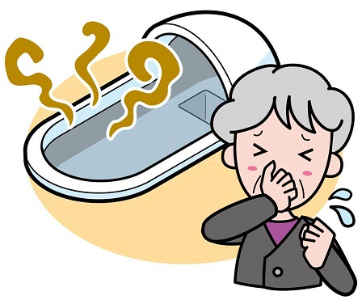

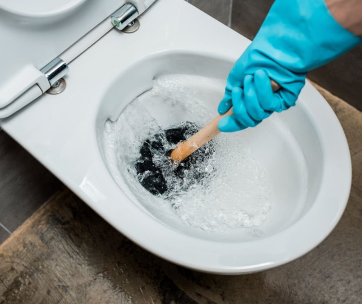
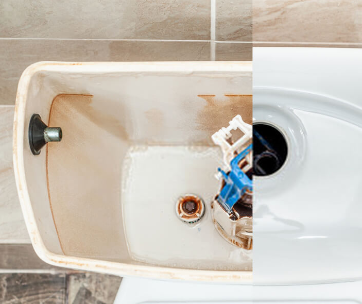
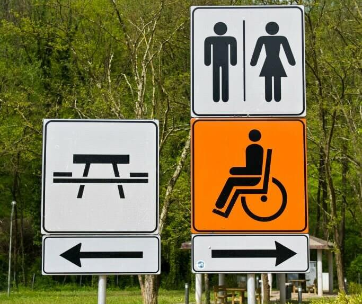
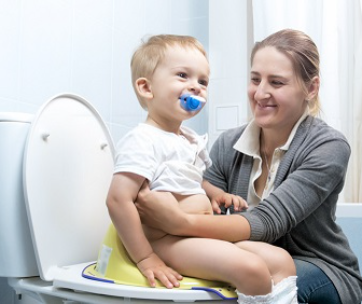
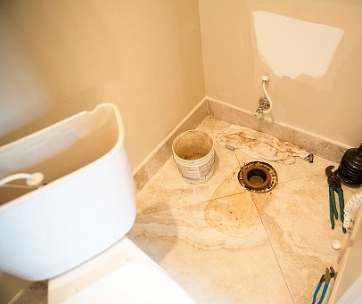
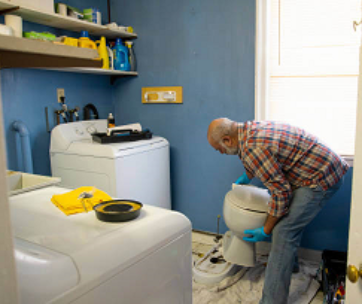
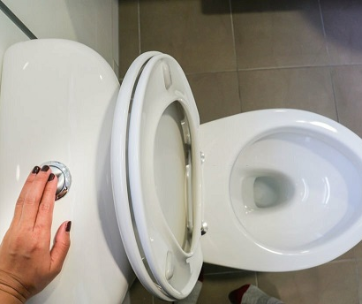
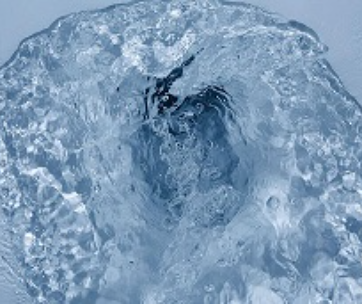
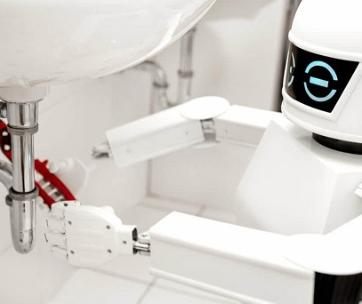
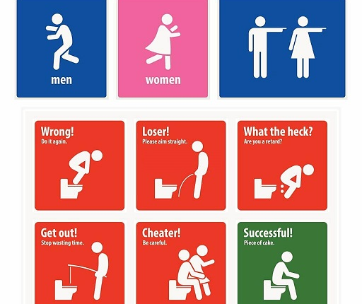
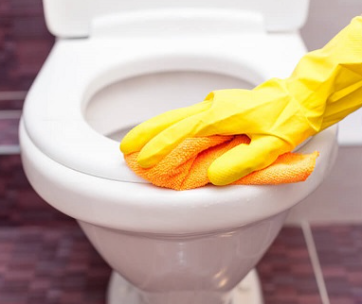
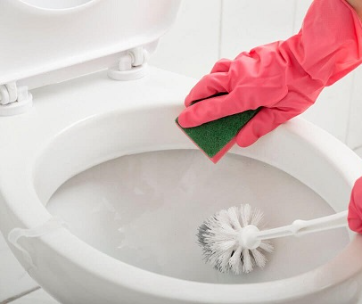
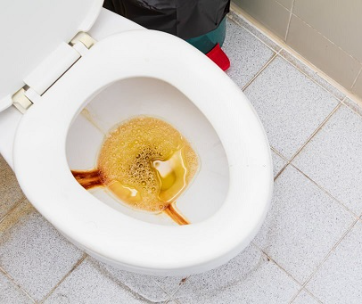
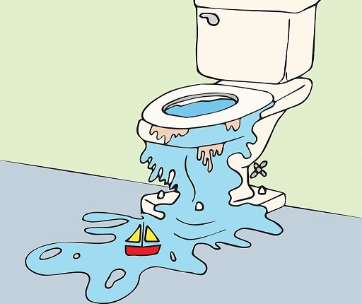
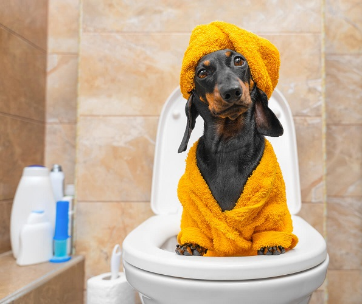
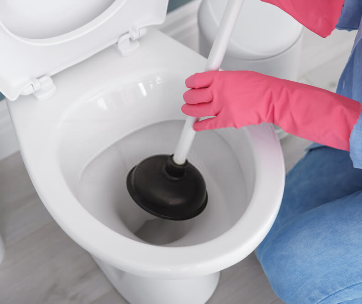
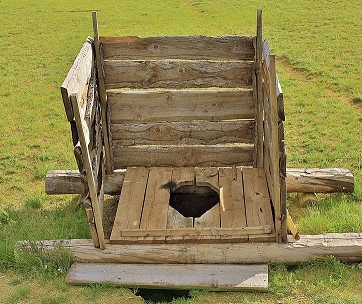
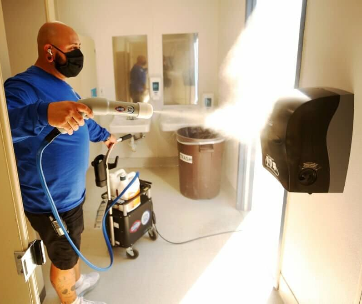
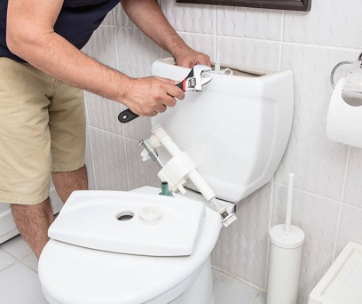
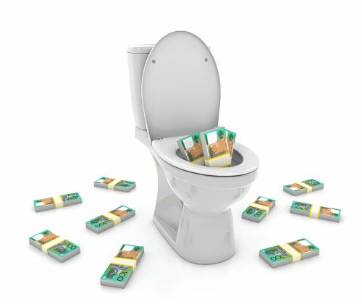
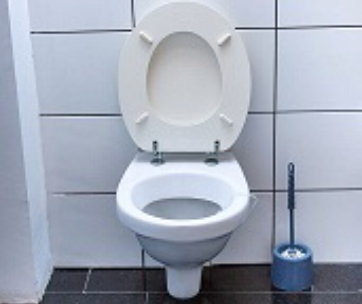
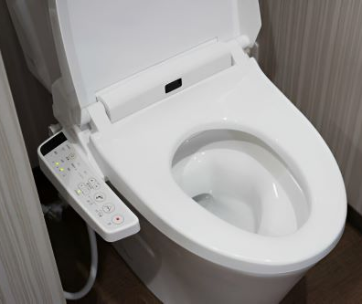
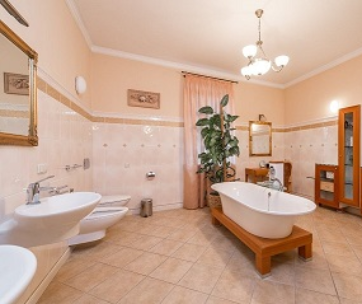
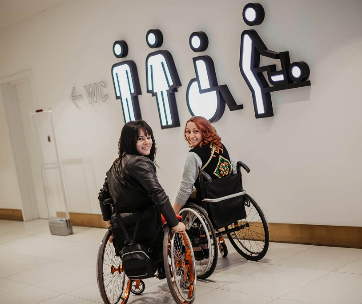
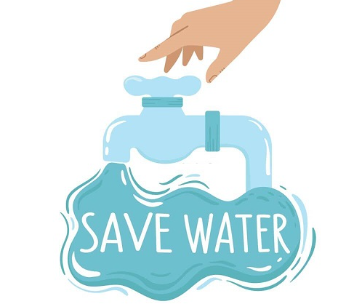
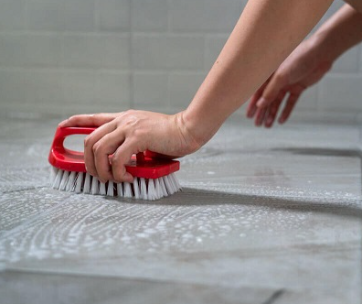
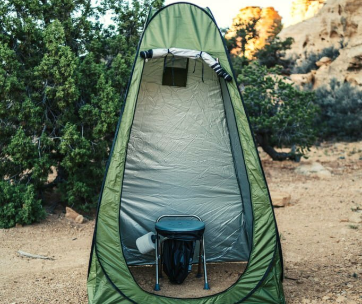
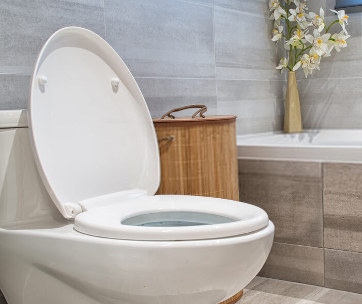
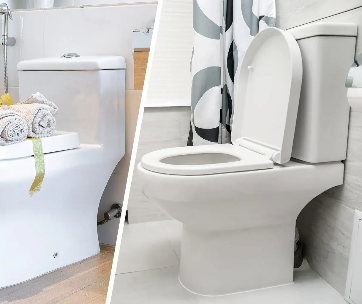
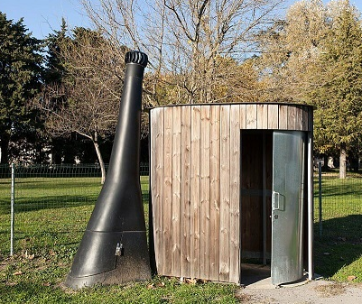
Comments